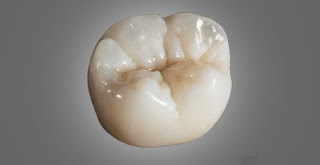Stop the Presses: Gut, Periodontal Disease & Rheumatoid Arthritis
Stop the presses! The news is out. Everyone needs to understand the facts. And all healthcare professionals need to connect the dots, including all those dentists and medical doctors out there. The news is simply this: Your gut has everything to do with the manifestation of periodontal disease (PD) and rheumatoid arthritis (RA). This research is still new to many dentists and traditional healthcare providers, but the news is spreading. An increased risk of autoimmune responses like those in RA is a big deal, particularly in otherwise healthy individuals. Current Medical Science, Gut Health, & History Sometimes, science proves that what was thought to be untrue in the past to be true now. Sometimes, science proves things that were thought to be true in the past to ultimately be untrue in the future. And sometimes, what was thought to be true hundreds of years ago (but lost its impact over time) becomes the newest news today. Specifically, some medical research today is un

